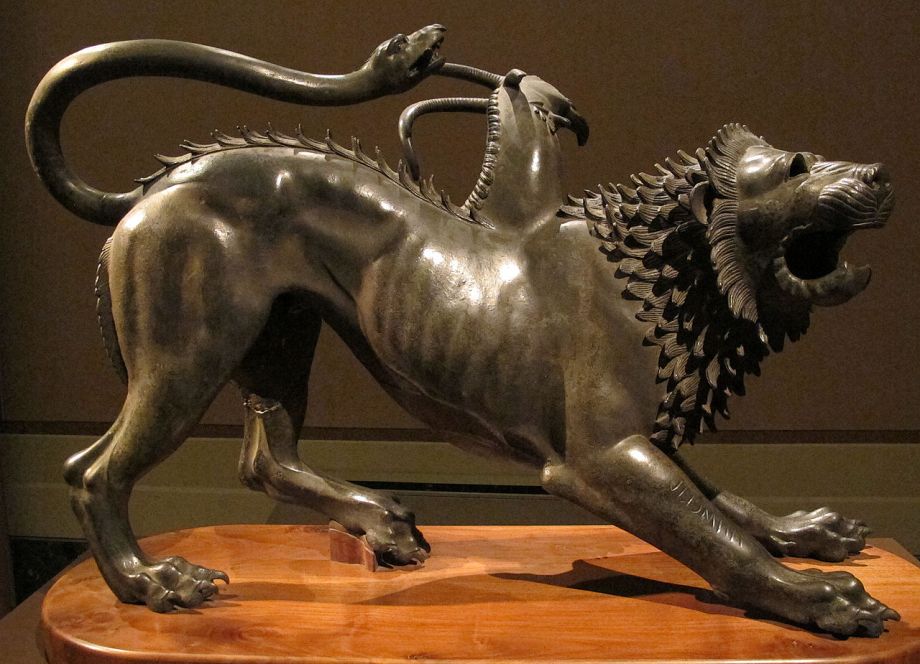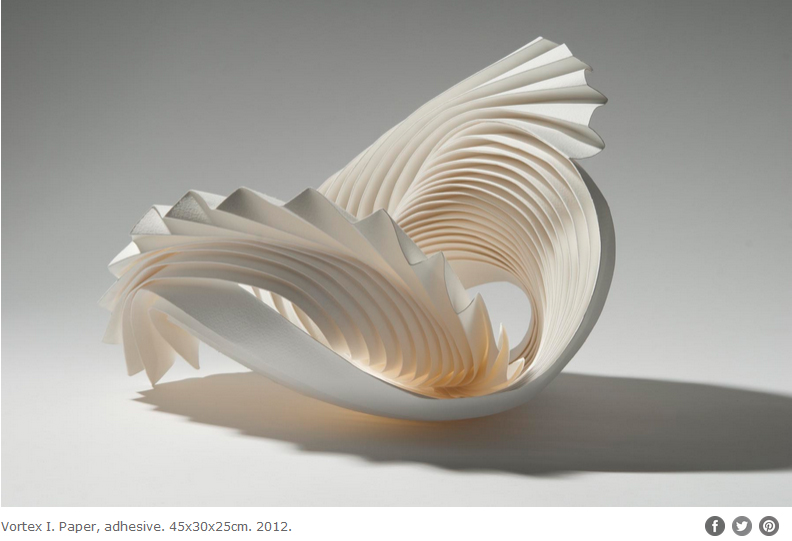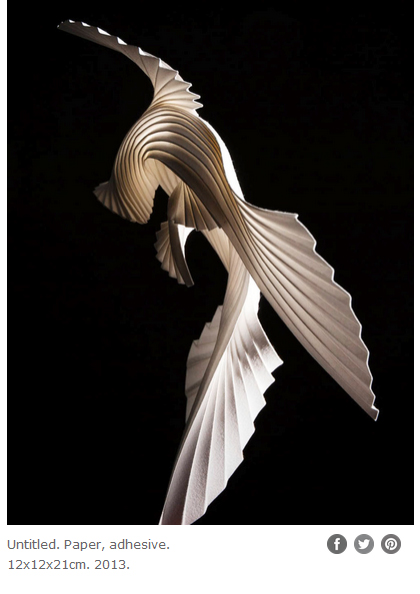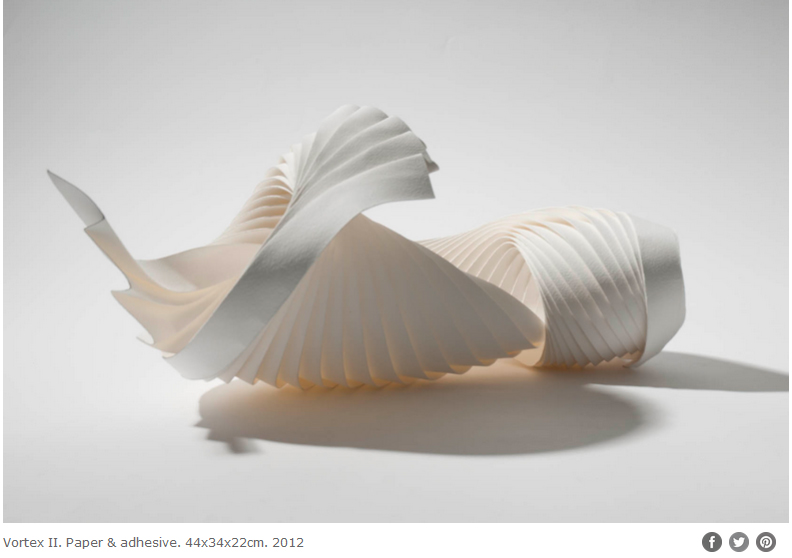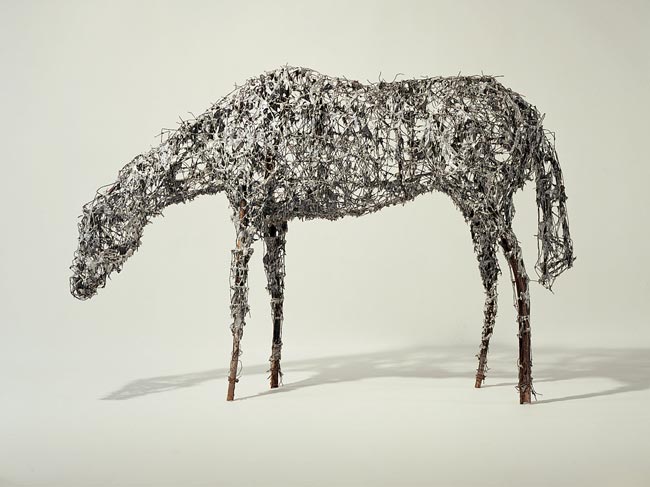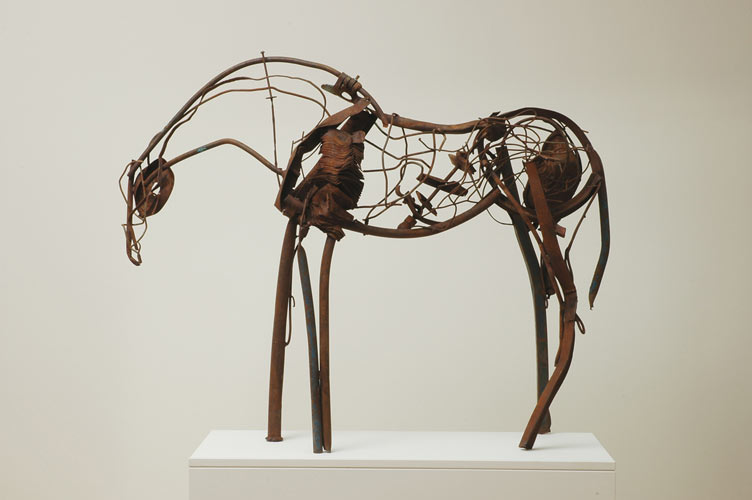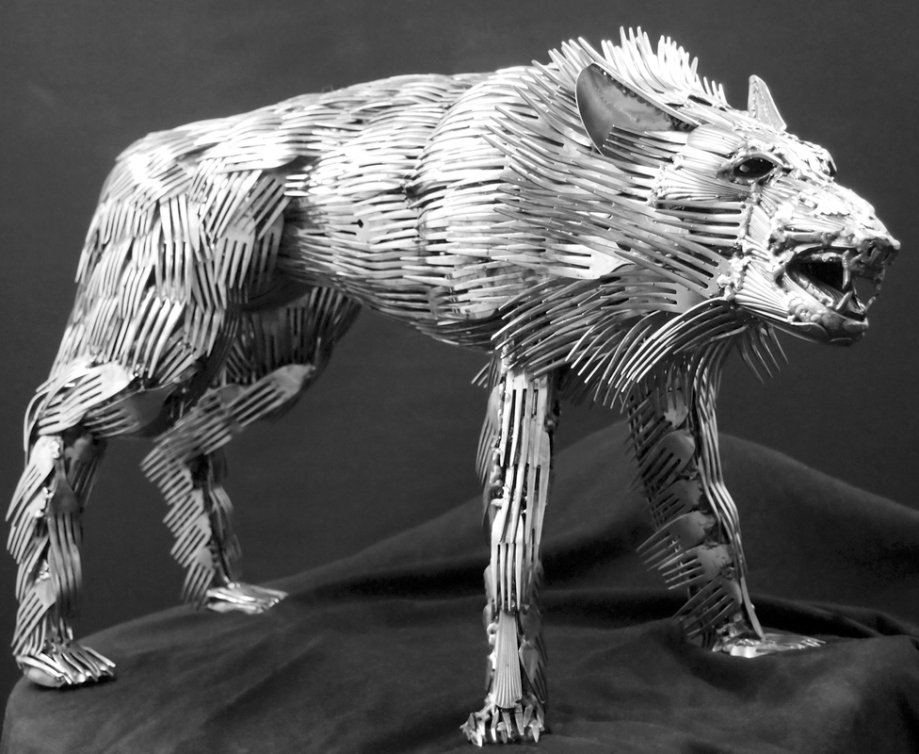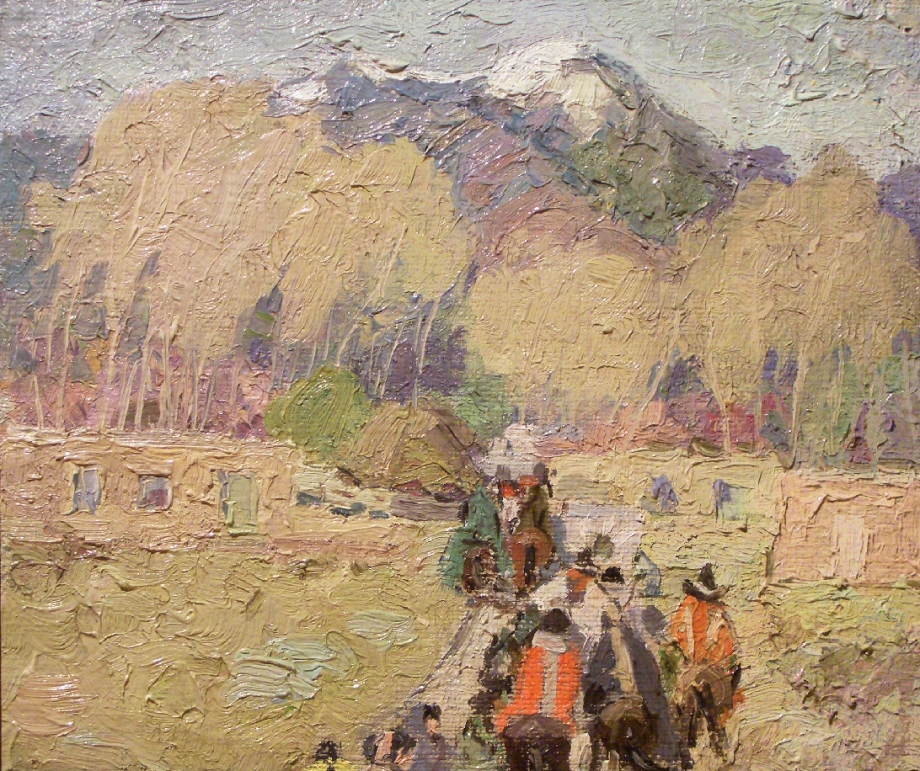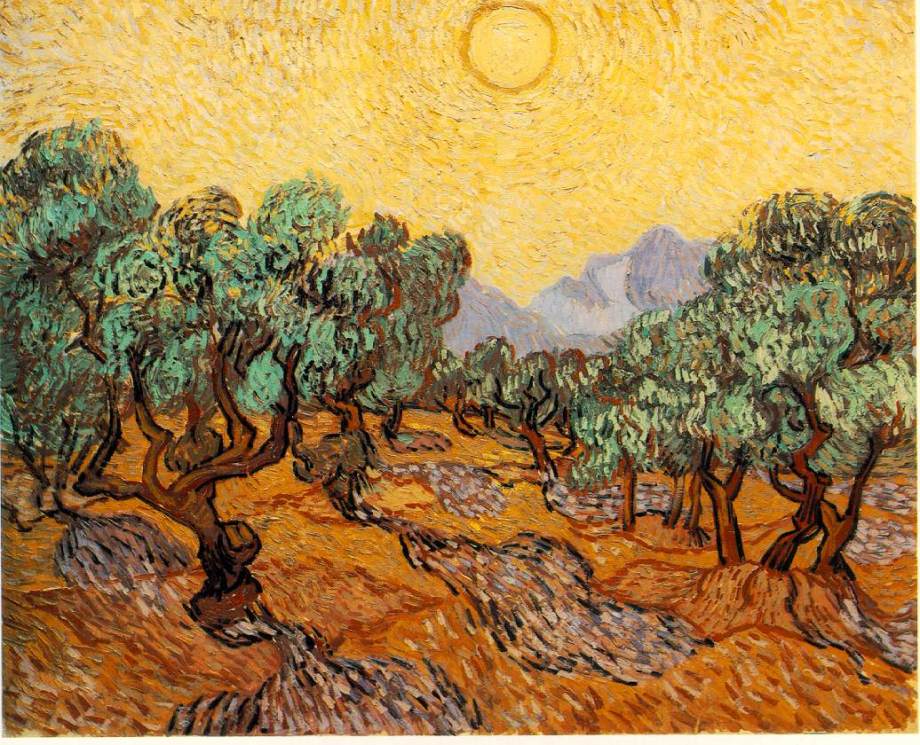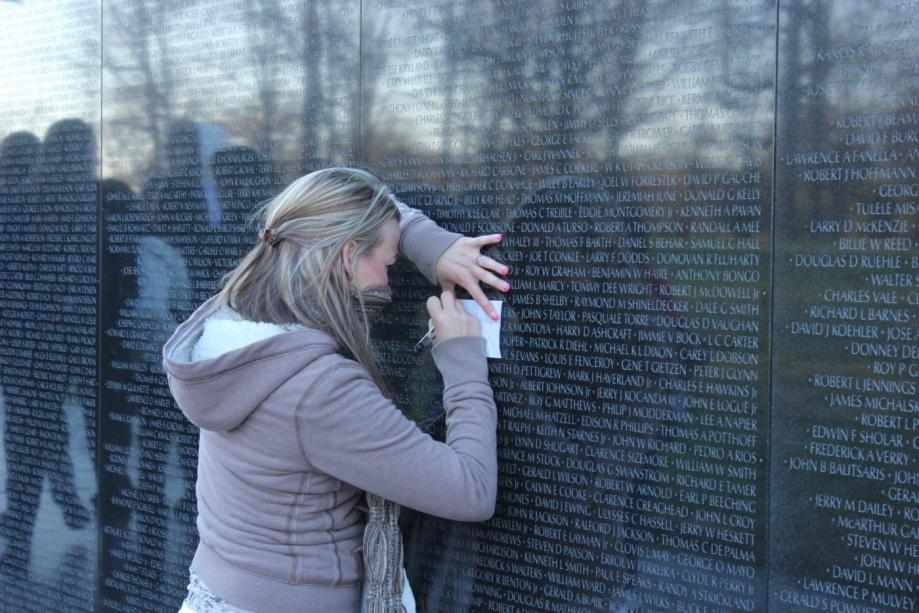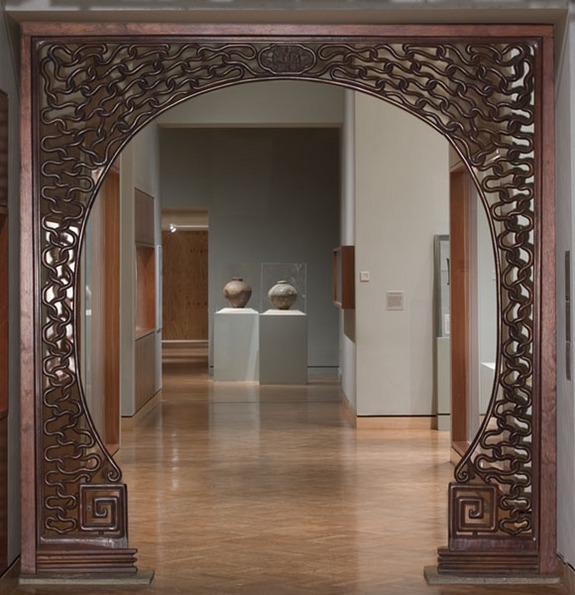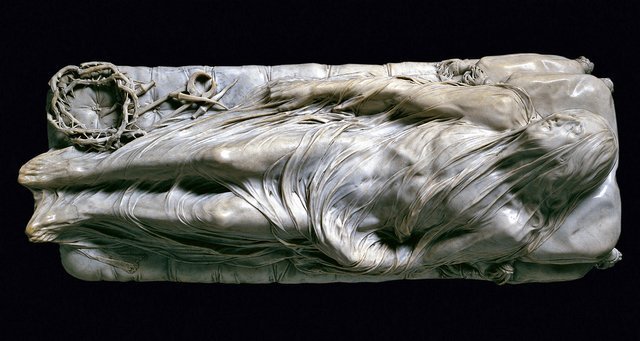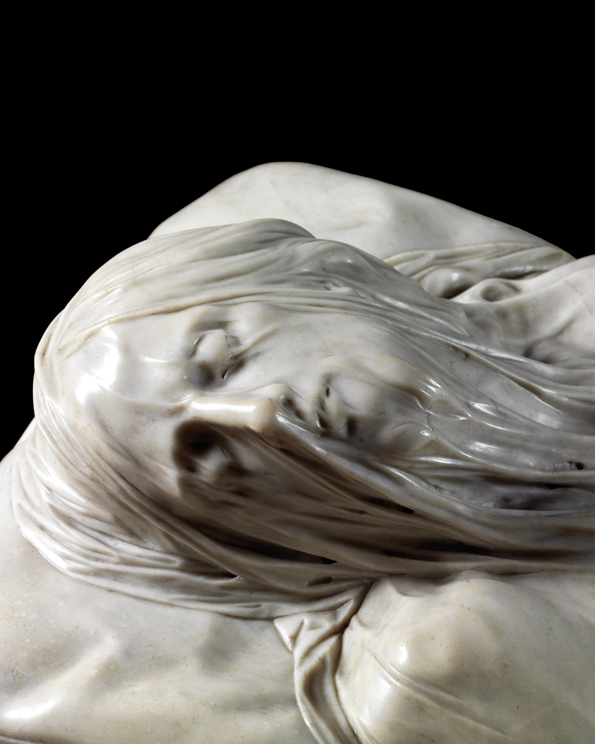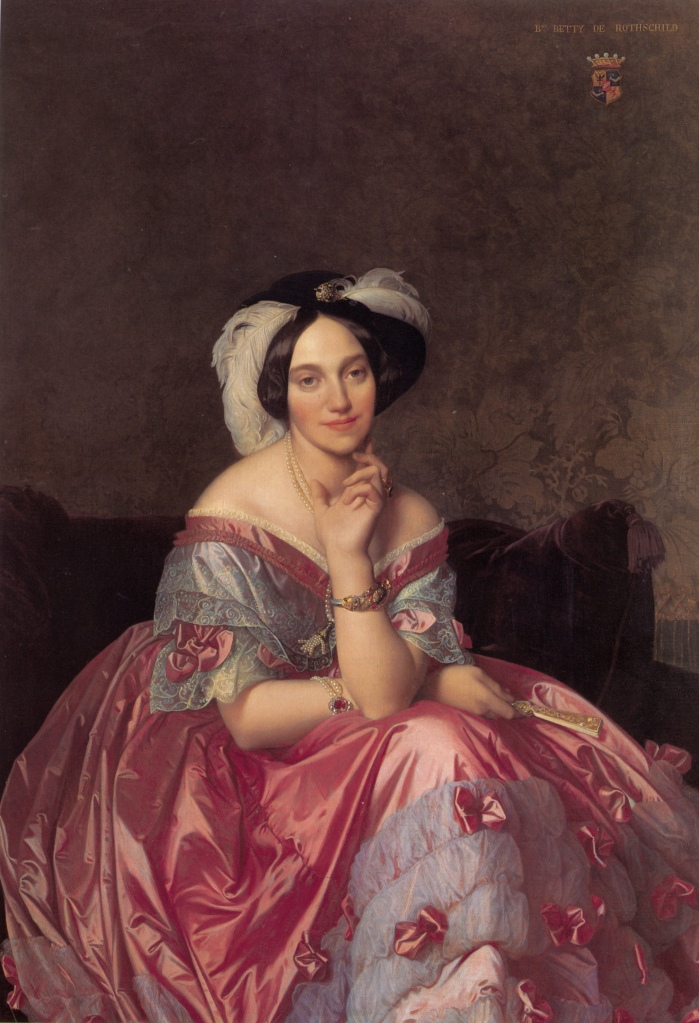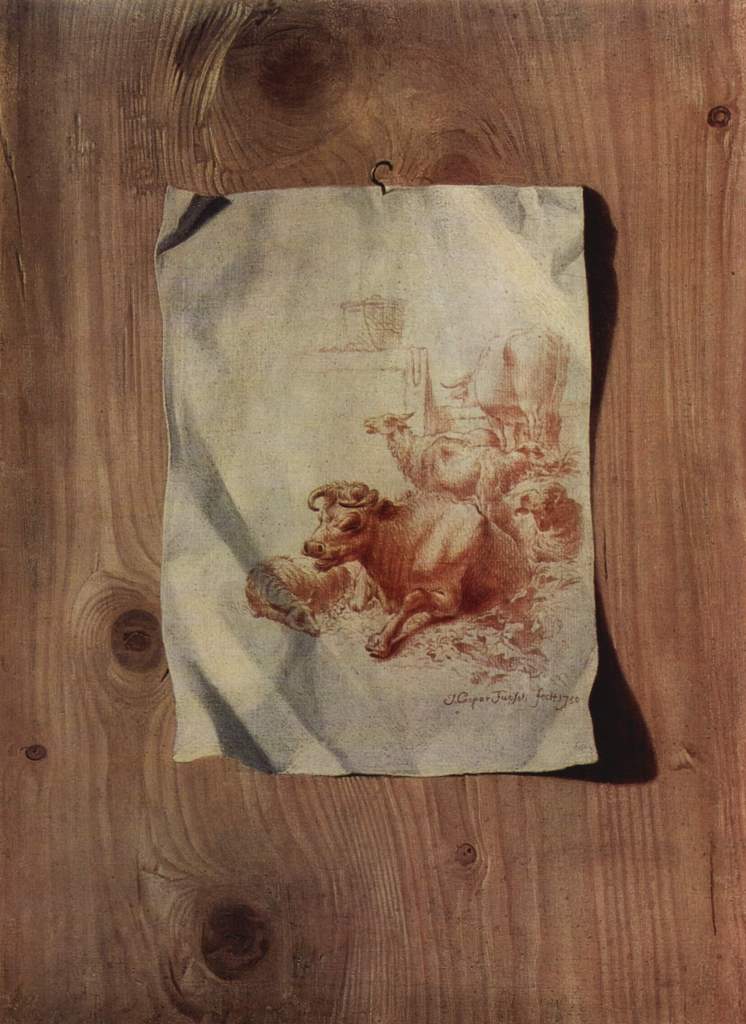Texture is defined as the tactile quality of the surface of an object–how it feels if touched. But it is so much more than that.
Texture, like any of the elements of art, can also enhance and support the artist’s concept behind the work. Some artists use texture as a major influence in their work. In any work of art texture can draw us in so that we spend more time with the work.
Actual texture
Actual texture refers to the tactile qualities of the physical surface of the object. In other words, how does the surface of the work feel when you touch it? We find joy in the tactile experience of different surfaces. It is an essential aspect of visual art for the same reason.
Texture in Three-Dimensional Art
Texture is one of the most fundamental elements of three dimensional art. It is an element that needs to be carefully considered by sculptors. Texture is related to the material used–marble, wood, clay, bronze, brass, iron. steel, or plaster. Texture is related to the process as well: casting, carving, construction, or welding. In addition to the material and the process, the final surface treatment offers even more textural possibilities.
These include patination (chemically altering the surface of metal), painting, staining, bleaching, varnishing, polishing, waxing, sanding, buffing, scorching, tapping the surface with various tools to add texture, and using a grinder to smooth out rough textures and welding seams, among other things.
Chimera of Arezzo,
Unknown Artist, 400 BC, Bronze
This sculpture is an example of metalcasting. A mold is created and molten metal is poured into it, and allowed to cool before removing it. Most of the textural elements must be fashioned in the mold before pouring the metal.
Richard Sweeney
Deborah Butterfield: Portraits of Horses
Deborah Butterfield, Aluminum Horse #5, Steel and fused aluminum, 1982
Deborah Butterfield’s personalized approach is a fresh alternative to the ancient tradition of the horse in sculpture, especially as a symbol of emotional spontaneity and instinctual power. The horse often plays a role in human conflict either as a tool of war, i.e. the Trojan Horse; or as a symbol of frontierism.
She transforms leftover industrial materials-wood, wire, or sheet metal-into open weave or patchwork horse forms. Butterfield considers her sculptures to be self-portraits or individual characters with unique personalities. The horses of steel and aluminum remind us of machinery, while simultaneously referencing artistic tradition and cultural mythology. While Butterfield’s horses emphasize an organic distance from the technological advancements of humans, they also symbolize the animal within us.
Deborah Butterfield, Iron Rod, 2006, found steel, welded
Deborah Butterfield lives on a ranch in Bozeman, Montana.
Gary Hovey Wolf
Texture in Two-Dimensional Art
Both two and three-dimensional art can have actual texture.
Taos Mountain, Trail Home by Cordelia Wilson (1920).
An early 20th century landscape entirely executed with a bold impasto technique.
Impasto is a technique used in painting, where paint is laid on an area of the surface (or the entire canvas) very thickly, usually thickly enough that the brush or painting-knife strokes are visible. Paint can also be mixed right on the canvas. When dry, impasto provides texture, the paint appears to be coming out of the canvas.
The word impasto is Italian in origin; in that language it means “dough” or “mixture”; the verb “impastare” translates variously as “to knead”, or “to paste”.
Oil paint is most suitable to the impasto painting technique, due to its thickness and slow drying time. Acrylic paint can also be impastoed. Impasto is generally not possible in watercolor or tempera without the addition of thickening agent due to the inherent thinness of these media. An artist working in pastels can produce a limited impasto effect by pressing a soft pastel firmly against the paper.
Vincent Van Gogh Olive Trees, 1889
Vincent Van Gogh used very thick and expressive brushstrokes which create a flowing textured pattern in his paintings. Imagine this painting without texture. The brushstrokes add interest to the painting, but they also add energy. It is as if they give us a glimpse into the artist’s mind and the rapid movement of his thoughts and feelings.
Art That is Meant to be Touched
Certain artworks were made to be touched. Some artists purposefully make their art touchable so that the viewer can experience it more fully. And some artists create art that is meant to be touched rather than seen. Artists who allow their work to be touched understand that their work will be affected by human touch, through oils in the skin, but they accept it so that they can provide a fuller experience.
Public memorials are frequently touched, and that touch is an important part of the experience of visiting them. It is as if by touching the memorial we can somehow touch those who have gone.
The Vietnam Veteran’s Memorial: a Healing Journey
The Vietnam Veteran’s Memorial in Washington D.C. was designed by Maya Lin to be an emotional experience that would allow for healing to take place. She purposefully made the memorial a touchable wall of names of the departed. It is designed as a journey that the visitor moves through rather than a grand monument that can only be experienced at a distance. It is a deeply moving and profound experience for both those who have lost a loved one in the war, because the nature of the design acts as a memorial for everyone who has ever lost someone. People make rubbings of their loved one’s name to take home with them. They also leave objects at the site, so much so that a museum has been created to house the many items left at the Wall.
Texture in functional art
Functional art (also known as craft and applied arts) is meant to be touched, handled and used in everyday life. The appreciation of the object goes beyond its visual properties and includes its tactile qualities. Within functional art there is a tension between aesthetic (how it looks) and utility (how it works). The best functional art is aesthetically pleasing (including how it feels to the touch) and functionally sound.
For artists who create functional art, or craft, the materials they work with are as important as aesthetics and function. They understand the materials they work with intimately and intuitively. These materials include wood, clay, fiber, glass, metal, paper, stone, precious jewels, and lacquer.
Moon Gate China Artist Unknown 1728
This is an example of masterful wood carving that includes intertwining layers. Typically they were used inside houses as a screen to separate and define spaces within the house.
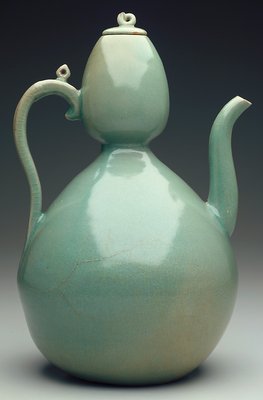 Double Gourd-shaped Ewer Artist Unknown Korea, 1392
Double Gourd-shaped Ewer Artist Unknown Korea, 1392
Glazed porcelain stoneware
Korean potters during the Koryo dynasty were inspired by and used organic forms in their work, often in the form of fruits or vegetables. The form is flowing and graceful.
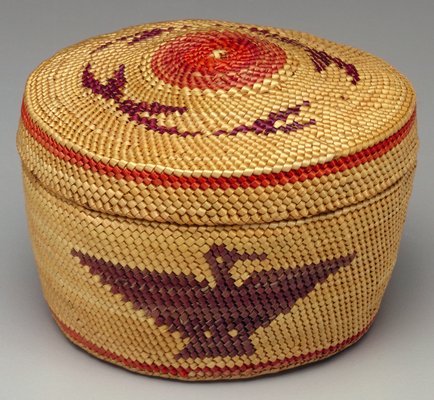 Nuu-chah-nulth (Nootka) Basket early 20th century
Nuu-chah-nulth (Nootka) Basket early 20th century
Plant fiber, United States, Northwest Coast region
These baskets were an important aspect of everyday life, being used for a number of purposes. Notice in this example the complexity of the weaving and the incorporation of imagery.
Implied texture
Implied texture in artwork contains the illusion of actual textures. Like other implied formal elements it represents a material or object in the physical world. Implied texture is used to allow the viewer to enter into the scenario that the artist has created. It can also be used to give the viewer information about the object that is represented.
Implied Texture in Three-Dimensional Art
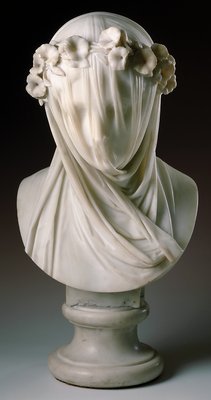 Raffaelo Veiled Lady c. 1860
Raffaelo Veiled Lady c. 1860
Marble
Representational, realistic three-dimensional art requires the illusion of varying textures. The tradition of marble carving often incorporates detailed and believable illusions of textures such as human skin and drapery.
Veiled Christ Sanmartino 1753
Veiled Christ Close Up Giuseppe Sanmartino 1753
Implied Texture in Two-Dimensional Art
Jean Auguste Dominique Ingres Portrait of the Baroness James de Rothschild 1848
The textures in this flattering portrait tell you that this is a woman of social status, distinction and taste who enjoys lavish luxury. The exquisite textural detail and accuracy within the painting–satin, lace, velvet, jewels, and flawless skin–emphasize these aspects of the subject.
Illusion of texture to represent the real. Some artists’ work includes texture so defined and detailed that it appears to be real. This can be used for different reasons, but no matter what the purpose, it calls attention to the nature and meaning of representation in art.
Johann Heinrich Füssli Trompe-l’oeil 1750 Oil on Canvas
